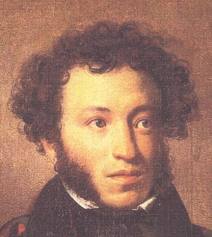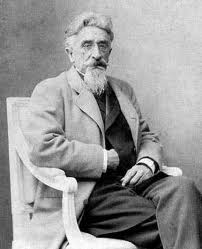Realism prose

The realistic novel is the most popular genre in Spain during the second half of the 19th century. It was very well accepted because of the precedents it had in similar works of the Golden Age, like Quixote or Lazarillo de Tormes, and the translations into the Spanish language of the great European writers of the 19th century, like Goethe, Pushkin, Scott or Chateaubriand.
Prose of the Spanish Realism and Naturalism
The most popular genre during the Realism movement was the realistic novel. It's precedents are Quixote, Lazarillo de Tormes, El Buscón, and other novels from the Golden Age of Spanish literature which show the reality of Spanish society in those times and thus can be qualified as Realism.
Its main characteristics of the realistic novel in Spain are:
- Costumbrism: Galdós and Clarín are the best examples of Costumbrist writers during Realism. The forms they use are a mix between the journalistic coverage and short stories, with the aim of describing the society of the time through generic characters (the peasant, the bullfighter, the sheriff...) with their comings and goings, joys and sorrows, perfectly understandable to the readers, who are used to seeing such scenes in the real life. The authors also describe the settings in which the characters are placed.
- Defense of traditional ideals: this is one of the main differences between the European realistic novel and the Spanish realistic novel. The French writers of the Realism like Balzac, Flaubert or Zola, contemporaries to Pereda, Fernán Caballero or Valera, show a much more open-minded way of thinking, with hardly any social, religious or cultural prejudices. This isn't found in the Spanish Realism previous to Galdós, and it influenced negatively in the artistic and structural proportions of the Spanish works. Each author expresses their own ideals through their works, and the liberal and progressive ideals of Galdós and Clarín are apparent in their novels and help to shape a more realistic view of the world, while the more conservative and religious ideals in the works of Alarcón or Pereda limit their truthfulness.
- Influence of Russian novels: Dostoievski, Gogol, Iván Turgenev, and especially Tolstoi had a great influence in the Spanish literature at the end of the century.
- Characteristic ideals: Realism extracts from each area of knowledge what it feels will be of more use. From politics, it takes liberalism. From philosophy it takes Krausism and Darwinism, as well as Comte and Spencer's positivism.
- The writer's economic situation: the liberal revolution modified the conditions of literary production. The new writers can survive without help from patrons, nobles, wealthy bourgeois, kings and bankers, acquiring at the same time a creative independence that would find its only limits in law or in the church. The number of people who read also rises, and the realistic novel was the main genre read by the people.
- Characters and trends specific to the period: like the cursi, a bourgeois who spies on the upper classes of the aristocracy to learn how to imitate their mannerisms and thus pass off as one of them; and the señorito, a classist and boastful character that appears mainly in novels set within the upper classes of Andalusian families.
- Typical settings: the rural environment, the aristocratic world and the life in the provinces are some of the most typical settings. Until the arrival of Galdós, there weren't any urban writers like Balzac, Dickens or Dostoievski.


Generation of '68
The Generation of '68 are a group of literates who started writing after the Glorious Revolution of 1868, which served to dethrone Queen Isabella II. The writers in this group are considered part of a new national class, and their characteristics that keep them together are a group conscience, a general optimism and the aesthetics of Realism. Individually, they each have their own style, but Alarcón is the only one of the group whose style still has Romantic influences. The group is composed by Pedro Antonio de Alarcón, José María de Pereda, Benito Pérez Galdós, Juan Valera, Leopoldo Alas Clarín, Emilia Pardo Bazán and Armando Palacio Valdés, all of them part of the Spanish school of the Spanish realistic novel.

